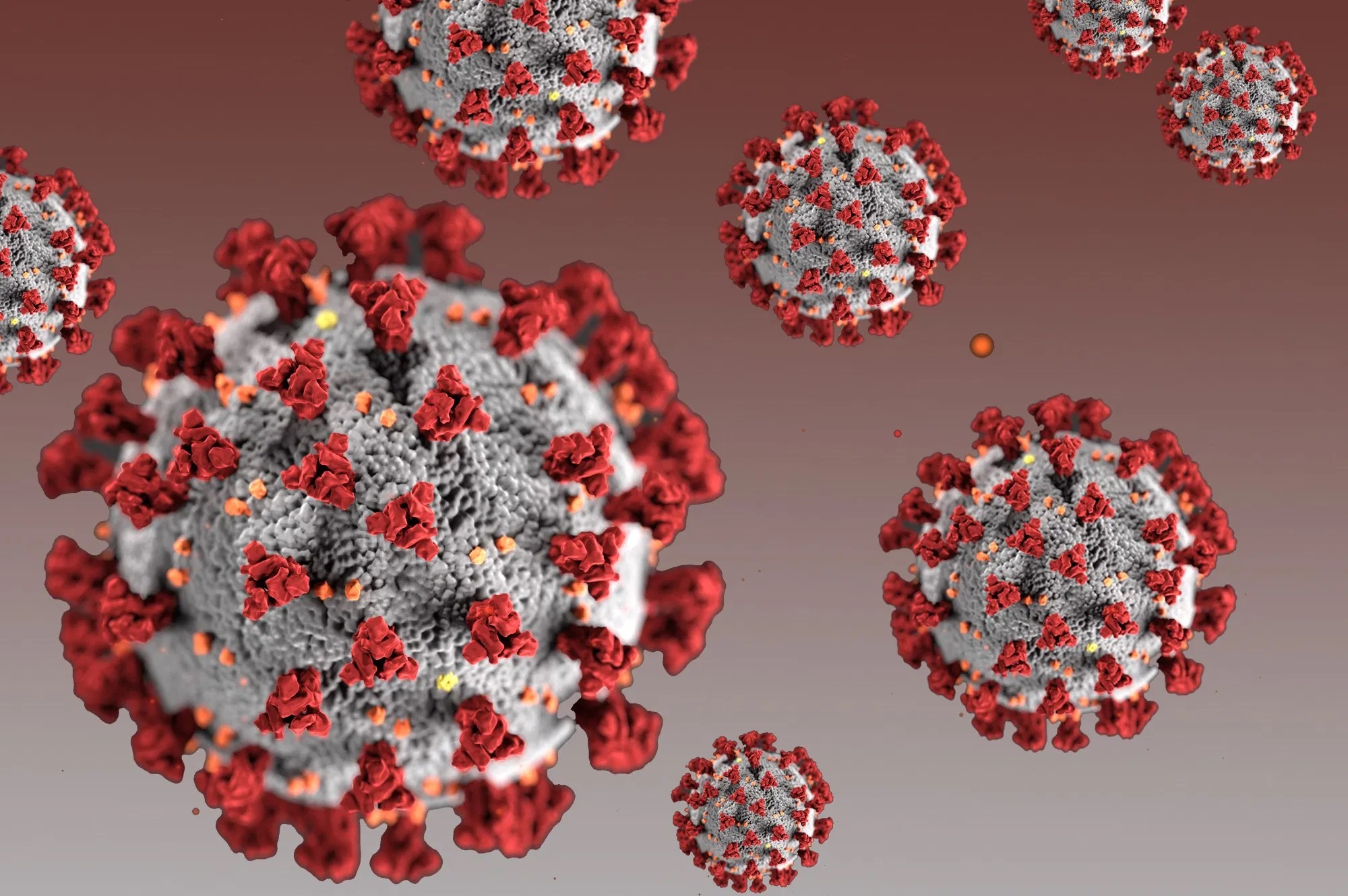Guidelines for The Establishment of An Enterprise-Level Covid-19 Task Force
Purpose
In support of the International Labour Organization (ILO)’s promotion of a safe and organized return to work during COVID-19, the ILO recommends that employers consider establishing an enterprise-level COVID-19 Task Force that would be responsible for developing and implementing a COVID-19 enterprise level plan.
The purpose of the COVID-19 plan would be to inform the business how to resume operations impacted by COVID-19 in the absence of having access to a vaccine. The plan would be specific to the circumstances and nature of business for each enterprise, and identify actions for immediate, medium, and long-term implementation. It would focus on consultation and cooperation between employers and employees on matters of mutual concern.
Below are general guidelines as laid out by the International Labor Organization (ILO). For more specifics, please download the following document or go to https://www.ilo.org/newdelhi/whatwedo/publications/WCMS_742334/lang--en/index.htm: Note: The guidelines are intended to provide guidance for a post-lockdown phase in which workplaces would gradually return to operations, in the absence of a vaccine having been developed. The guidelines provide a basis for a safe, peaceful and structured return to work. They also seek to reinforce the ILO’s commitment to the promotion of decent work, and respect to fundamental principles and rights at work.
Who to Include in the Task Force
When creating the task force, the ILO recommends having equal representation, with the same number of representatives from management as well as employees, and provided the below guidelines:
Management representatives should include:
- Top management
- Human Resource Manager
- Production Manager
- Anyone else in management
Employee representatives should be:
- Identified by the collective bargaining agent/union, if there is one present.
- In the absence of a union, the workers’ representatives should be nominated, through consensus, by the various units / sections / divisions / departments making up the enterprise. In the absence of trade union representatives, where the enterprise has a functional workplace cooperation committee or safety committee, then the workers’ representatives on such committees may also serve as the workers’ representatives on the enterprise-level COVID-19 Task Force.
Task Force Meeting Management
Task Force meetings should be chaired by a representative of top management, preferably the Chief Executive Officer / Managing Director. The decisions resulting from the meeting should be recorded in the form of Minutes.
Components of The Enterprise-Level Covid-19 Task Force Plan
When drafting the plan, it is important to consider the specific circumstances and type of business of the enterprise. The Task Force Plan should identify actions for:
- Immediate implementation
- Medium implementation
- Long-term implementation
The ILO recommends the plan be informed by the ILO’s “An employers’ guide on managing your workplace during COVID-19,” which can be downloaded below or accessed at https://www.ilo.org/actemp/publications/WCMS_740212/lang--en/index.htm. This Guide has been developed by the ILO Bureau for Employers’ Activities (ILO-ACT/EMP) as a general reference for employers and business membership organizations (EBMOs).
The ILO recommends that the plan include the following:
- Phasing-in of the resumption of operations that will require consideration of the following:
- The sequence in which workers will return to work.
- The essential operations that will resume as a priority.
- The operations of lesser priority that may resume later.
- Ensuring a safe workplace that will require the following issues to be considered in addition to any others:
- Measures to ensure occupational safety and health.
- Ensuring physical / social distancing.
- Appropriate working arrangements.
- Identification of workers with underlying health conditions, who would require particular safety precautions to safeguard their health.
- Measures to rapidly assist workers who may become ill.
- Emergency plan to put in place if cases of COVID-19 are detected in the undertaking after resuming activities (including tracking down workers that have been in close contact with the infected worker(s); clear roadmap to eventually go back to essential operations and; if needed shutdown, etc.).
- Promoting productivity through constructive industrial relations that would require attention to the following issues, amongst others:
- Measures to reduce layoffs, including through actions such as reduced working hours.
- Mechanisms to address the rapid, transparent and fair resolution of grievances.
- Measures to afford protection to temporary, contract or casual workers.





